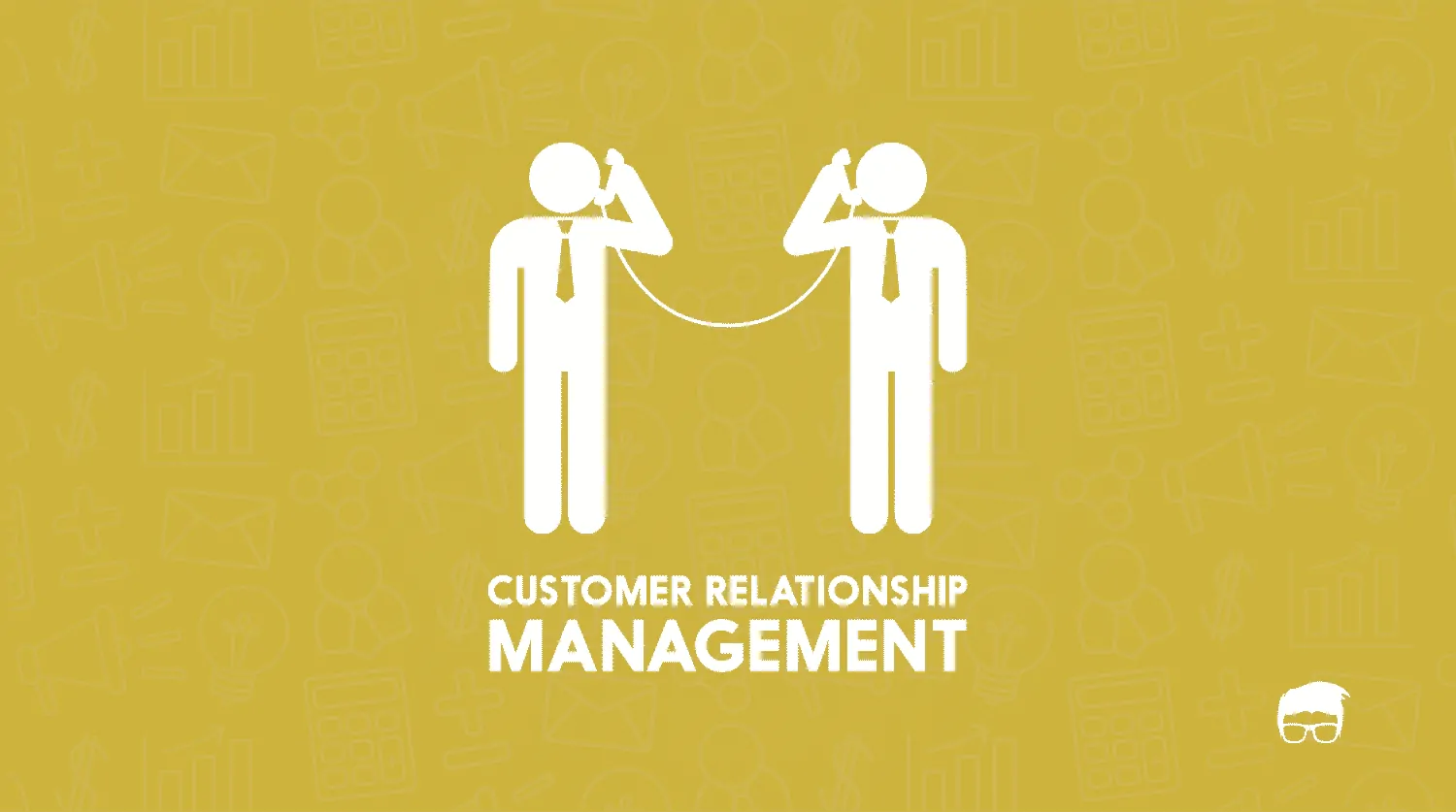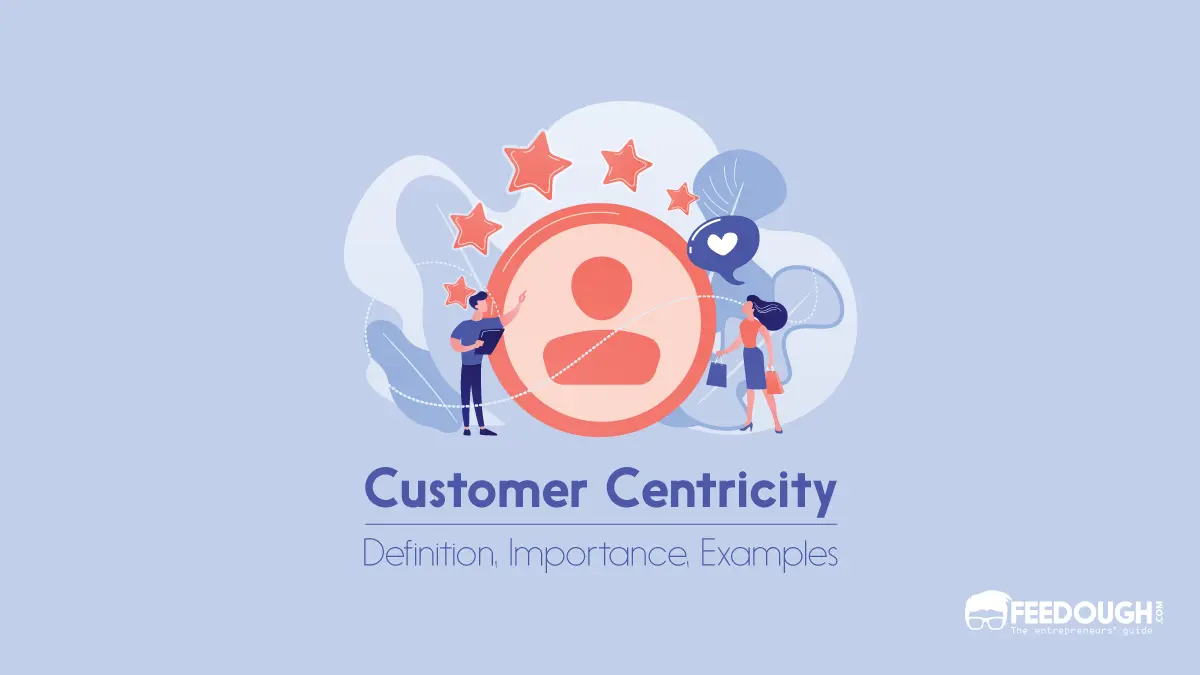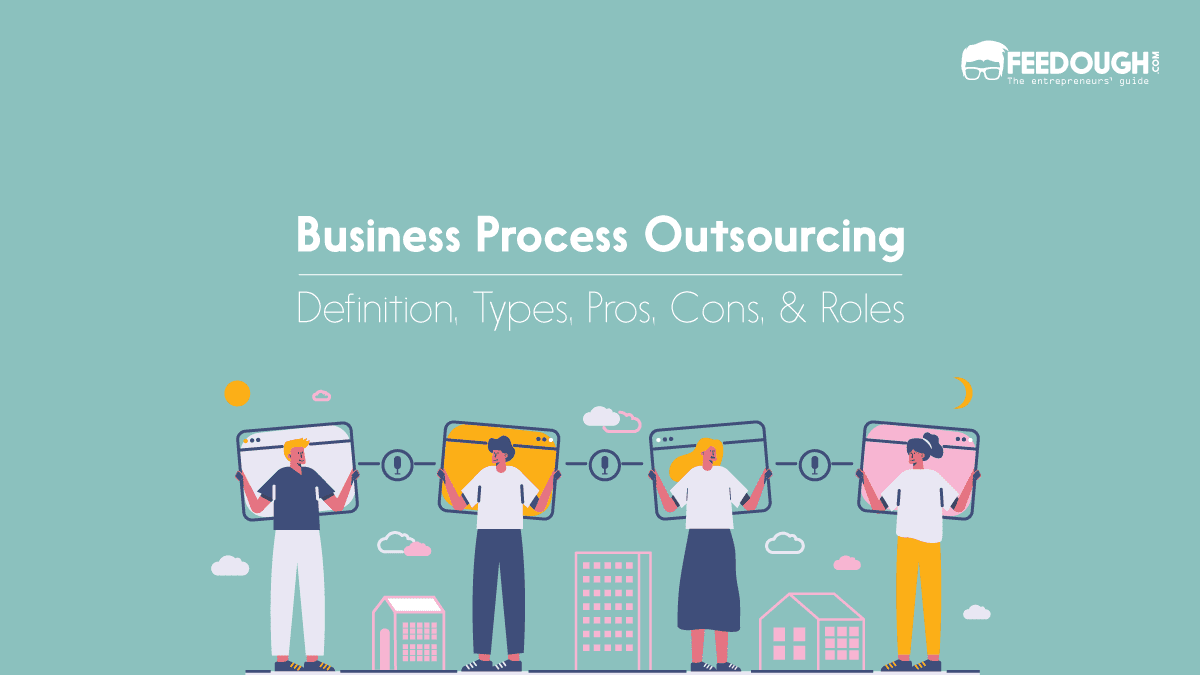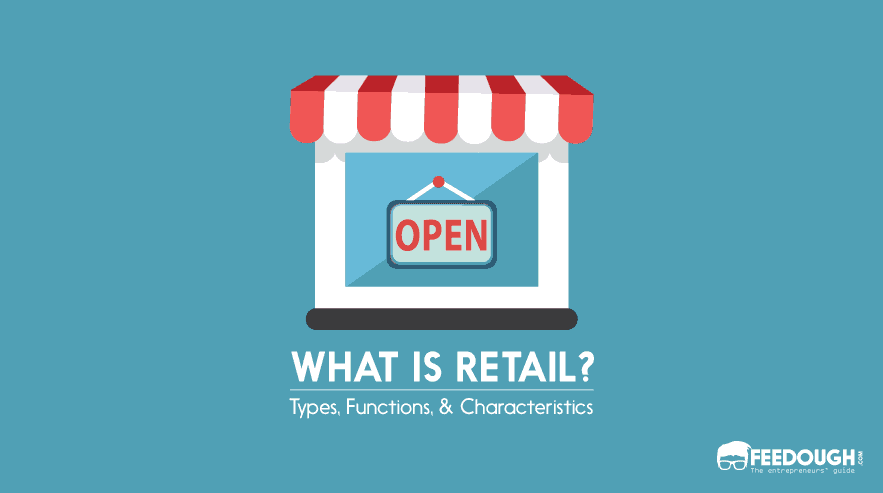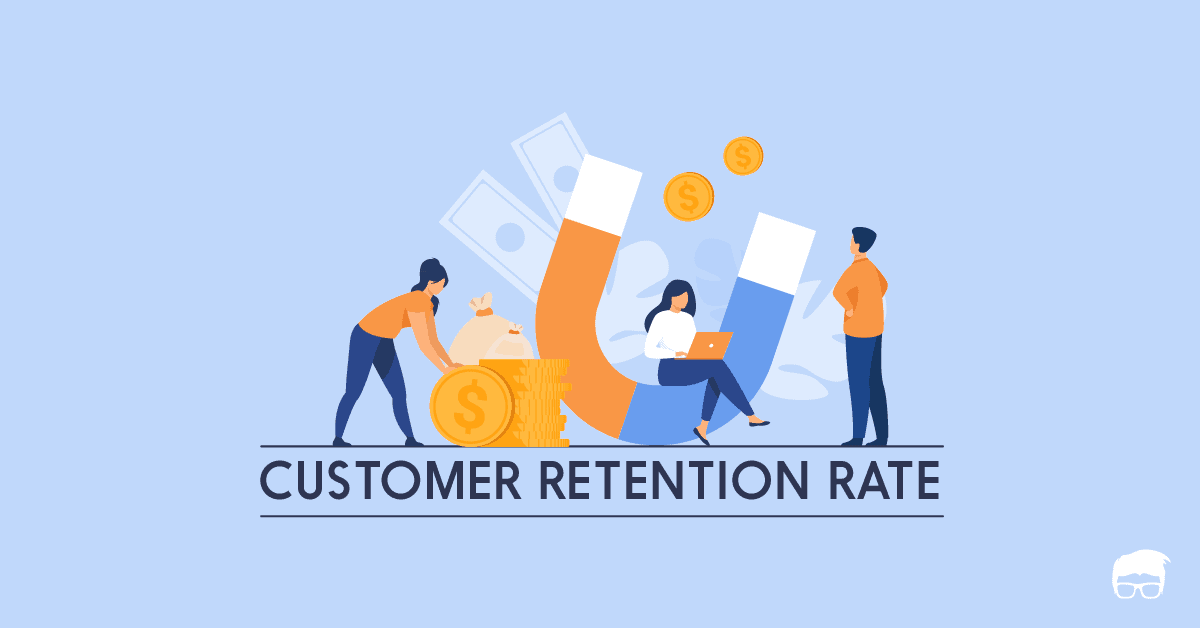AI has already changed the way a customer is acquired, retained, and serviced—all at once. It’s not just humans who serve customers anymore. Machines can do so with almost similar or sometimes even better results. AI is taking centre stage, and it isn’t limited to chatbots.
Today, AI-led customer services –
- Handle 13.8% more customer inquiries per hour
- Led to a 35% cost reduction
- Result in a 32% revenue increase
And companies are using it for holistic text, voice, and even video customer support.
Surprisingly, 15% of contact centres have already started using generative AI capabilities to accelerate customer service. And no, just having AI answering the calls doesn’t change the purpose of call center system. In fact, companies using AI report a 37% drop in first response times compared to those without automation.
Several renowned companies like Motel Rocks, Marriott International, and Indigo have already incorporated AI in customer service in some way or another and have seen great results. Here are some examples of how you can incorporate AI in customer service as well –
AI in Support Chatbots
Chatbots form an integral part of the customer service of all businesses, big or small. They are the virtual assistants who interact with customers 24/7 and provide instant responses to frequently asked questions.
Initially started off as simple rule-based chatbots (where predefined rules decide the response), chatbots now use NLP (Natural Language Processing) and ML (Machine Learning) to understand customer queries and provide relevant responses.
For example, HomeServe USA uses an AI assistant named Charlie to handle over 11,000 calls daily, offering quick resolutions and routing complex queries to human agents.
Similarly, Bank of America also introduced an AI-powered chatbot named Erica that checks its customers’ balance, redeems rewards, spots duplicate charges, and sends real-time notifications and personalised insights tailored to their financial goals.
If we look at the timeline of chatbots, the technology has seen three different eras –
- Basic Chatbots (1966–2010s): Pioneered by ELIZA and SmarterChild, these rule-based systems matched keywords to predefined responses. Limited to FAQs, they achieved 30–40% resolution rates in controlled environments.
- Conversational Agents (2010s–2022): ML-powered agents like Apple’s Siri introduced contextual awareness, improving intent recognition by 58%. However, their reliance on structured datasets hindered their adaptability to novel queries.
- Generative AI Chatbots (2022–Present): GPT-4 and Google’s LaMDA enable open-domain dialogues, with systems like Carrefour’s Hopla generating personalised shopping advice by analysing purchase history and real-time inventory.
Today, chatbots aren’t just AI powered conversational agents that use existing knowledge to respond, they’re functional agents that can perform tasks like scheduling appointments, ordering food, making reservations and even troubleshooting. This frees up human agents to focus on complex queries that require empathy and critical thinking.
Predictive Analytics using AI
AI’s role in customer service does not end at chatbots. Companies are using AI to address customer needs before they escalate into support tickets proactively. For example, Starbucks actively use predictive AI models to analyse its customers’ purchasing behaviour, including what customers buy, when, and their average spending.
Netflix’s predictive AI analyses users’ viewing history to recommend shows and movies based on genre and preferences.
And Amazon’s predictive analytics forecasts demand and recommends products based on past purchases, searches, or browsing behaviour.
This not only enhances customer engagement and loyalty but also drives customer satisfaction by anticipating their needs and preferences, reducing customer complaints and support tickets.
AI Voice Agents
AI isn’t just limited to text-to-text conversations; it can also take the form of voice-based agents – in the most human-like manner. Startups like ElevenLabs, bland, etc., provide a holistic platform to develop voice agents that –
- Take the personality and persona of a human
- Speak in multiple languages (including slang)
- Understand customer emotions
- Can carry out transactions, call tools, perform actions, and provide support services.
Startups like Hume and Vapi even provide AI agents that show emotions and can be trained to handle customer service like a human but without the biases or limitations of humans. This helps in creating a more relatable and empathetic experience for customers.
It’s gotten to a level that a startup, Bland, even released a billboard advertisement to replace humans with AI voice agents.
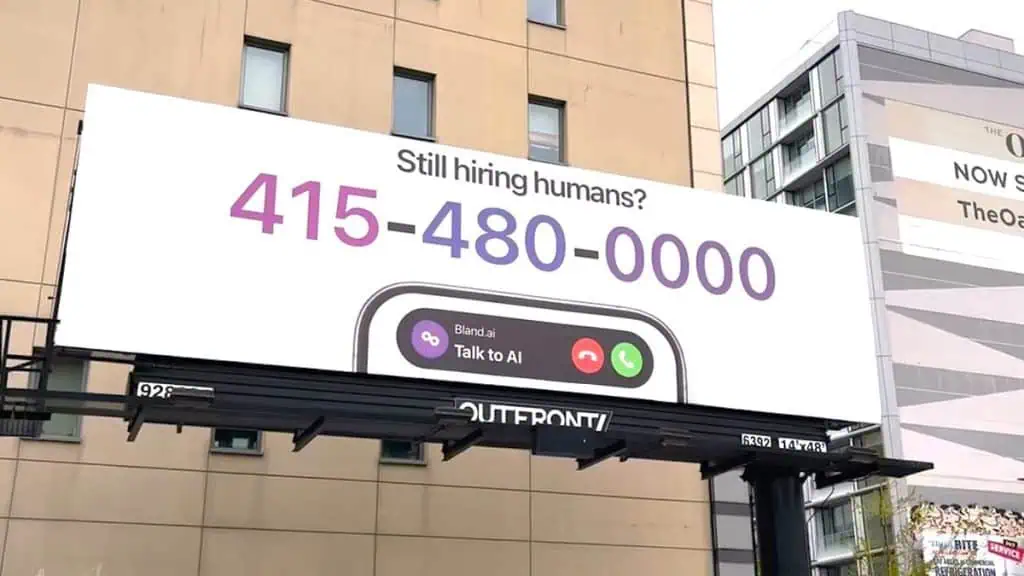
A real-life example of such a voice agent replacing customer support is Bank of America’s Erica, which lets its customers get information and perform banking tasks just by talking to it.
Personalised Recommendations
AI not only helps in solving support tickets but also improves the overall customer experience by ensuring customers buy the product they need, hence reducing the number of returns and exchanges.
For example, Sephora uses an AI virtual advisor that provides personalised product recommendations based on the customer’s skin type, preferences, and purchase history. It increases online sales and repeat purchases by 20% as AI helps customers find their perfect match using personalised recommendations.
Similarly, marketplaces like Amazon also use AI algorithms to personalise product recommendations based on customers’ browsing and purchase histories. This not only drives sales but it also improves the customer experience by providing relevant and useful suggestions.
Sentiment Analysis
Not every form filled by the customer has the same sentiment; hence, a company must understand how a customer feels when interacting with them. AI Sentiment Analysis helps companies analyse customer reviews, feedback, and complaints to understand the overall sentiment of their customers. This can help companies identify areas of improvement as and when needed, leading to better customer satisfaction and retention.
For example, Motel Rocks uses Zendesk’s Advanced AI to enhance its customer service operations, including prioritising distressed customers through sentiment analysis. The system assigns emoticon-based mood indicators (e.g., very negative, negative, neutral, positive, very positive) to incoming customer queries. This allows the team to identify and prioritise issues requiring immediate attention quickly. For example, if multiple tickets indicate dissatisfaction with late deliveries, the team can promptly investigate and resolve the root cause.
This integration has led to a 9.44% increase in customer satisfaction (CSAT) and a 50% reduction in ticket volume, as many inquiries are deflected through AI-driven self-service options. The sentiment analysis also enables the team to turn negative interactions into positive outcomes, with around 70% of initially dissatisfied customers leaving positive reviews after their issues are resolved.
Bottom-Line?
AI is now an integral part of customer service, powering chatbots, predictive analytics, AI voice agents for a more personalized experience and sentiment analysis to understand customers’ overall satisfaction.
The result is not just an increase in operational efficiency but also improved customer engagement, loyalty and satisfaction. As we move forward, the role of AI in customer service will only continue to grow – leading towards a future where humans and AI work together to provide superior experiences for customers. With advancements in AI technology, the possibilities are endless for providing exceptional customer support while continuously evolving to meet changing needs and demands. Companies that embrace and integrate AI into their customer service strategies will have competitive advantages over those that do not – resulting in long-term success and growth.
A startup consultant, digital marketer, traveller, and philomath. Aashish has worked with over 20 startups and successfully helped them ideate, raise money, and succeed. When not working, he can be found hiking, camping, and stargazing.
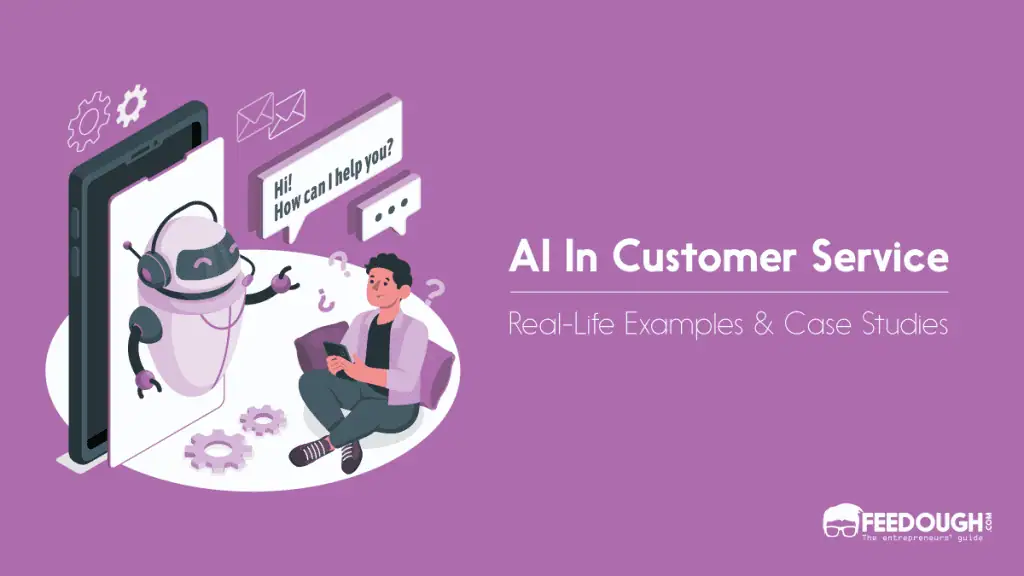
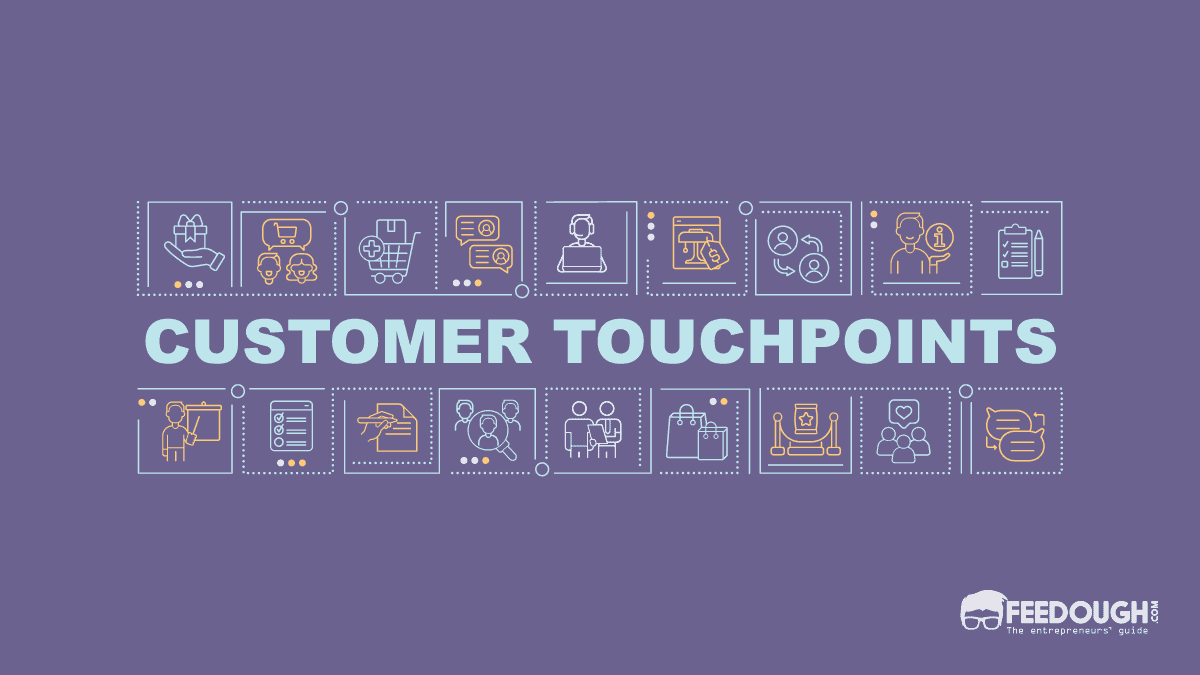
![How To Outsource Customer Service? [Detailed Guide] outsource customer service](https://www.feedough.com/wp-content/uploads/2022/09/outsource-customer-service.webp)
